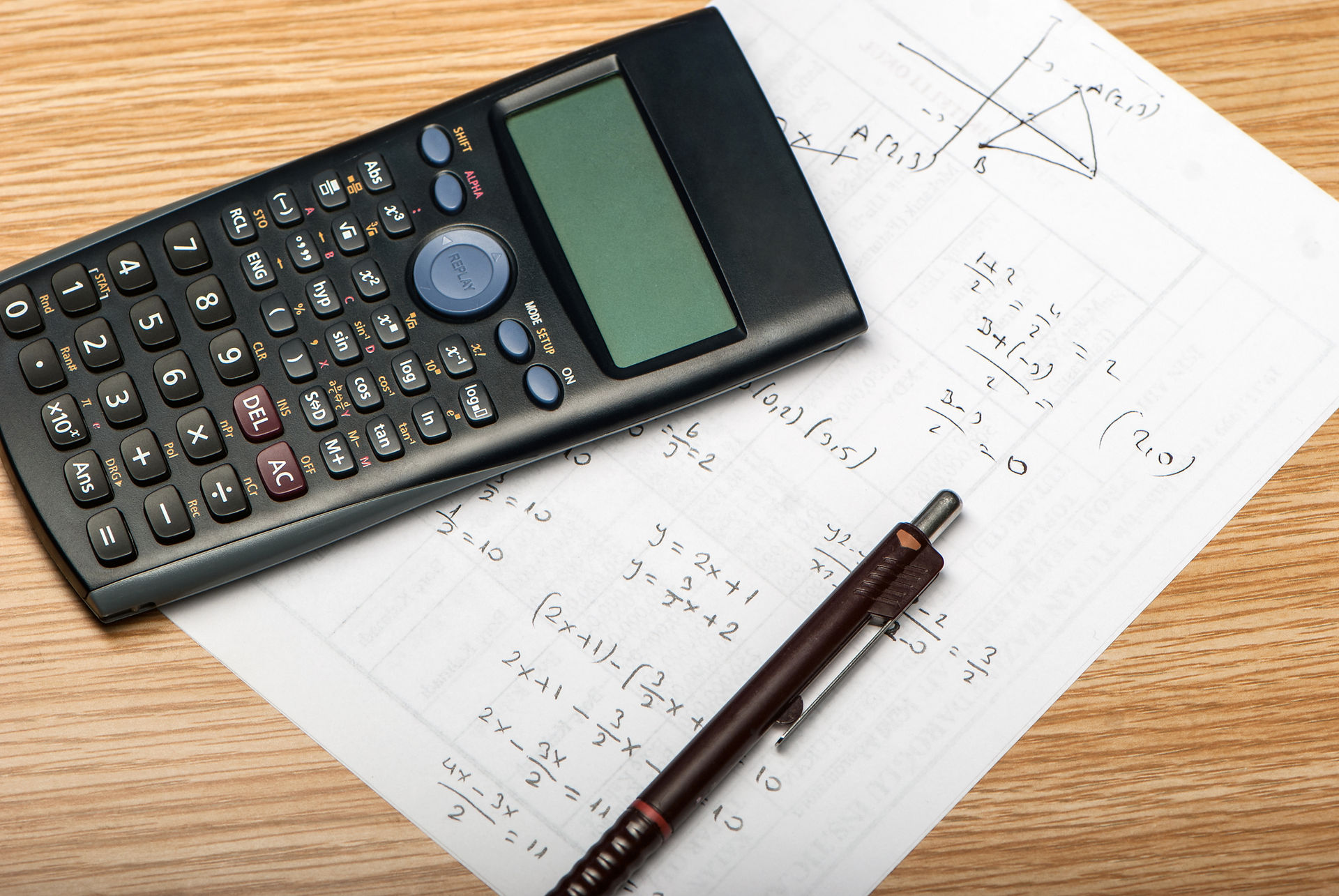
MS Math, PreAlgebra, Algebra I, Geometry, Algebra II
3 Oaks Academy is proud to offer Middle School Math, Pre-Algebra, Algebra I, Algebra II and Geometry for the 2019-20 school year. At the beginning of the year, students take a pre-assessment to determine which level in math they should be placed in and to determine which areas our students need to participate in direct instruction. There are several components to our math lab approach which include: individual math work, mini lessons, problem of the week, math journals and math magazine.
Students work in their programs three days a week during class time and are required to complete another math session on their own time when class is not in session in order to achieve the required number of hours to get a high school credit.
Student progress is monitored daily and decisions for mini lesson topics are based on specific classroom needs. Mini lesson topics are posted each week and students are either assigned to or can choose to attend sessions based on their interest and/or needs. One-on-one conferences take place to assist students on their individual needs during their work session as well.
Problem of the week questions are posted at the beginning of each week. Based on the different levels, students are to try to solve a challenging algebra and geometry problem on their own, working on it during the week. They can attend a mini lesson if they need help, then the answers are posted by video link for them to self-check their work at the conclusion of the week.
For the student’s math journal, an element of math that students worked on that day is often the topic of daily math journals. However, students will also write about their thoughts on math as well as a writing about math in everyday life. This particular activity allows students to write about their mathematical thinking along with making real life connections, which allows the journey of math learning to have a more purposeful meaning.
Our mathematicians read articles that focus on the application of mathematics in real life situations, then they solve a variety of math problems relating to the article they read. The Scholastic Math magazine allows students the chance to spiral their learning, so important mathematical concepts such as ratios, fractions, percentages, and statistics stay fresh and at the forefront of the students conceptual understanding.



